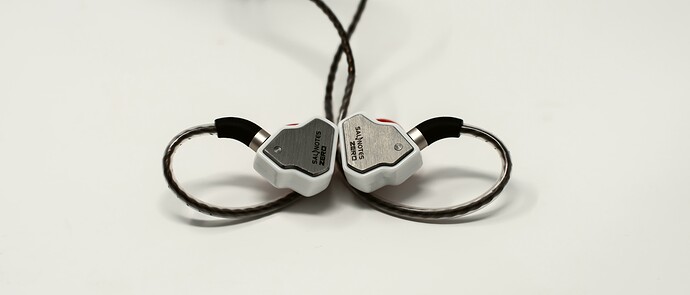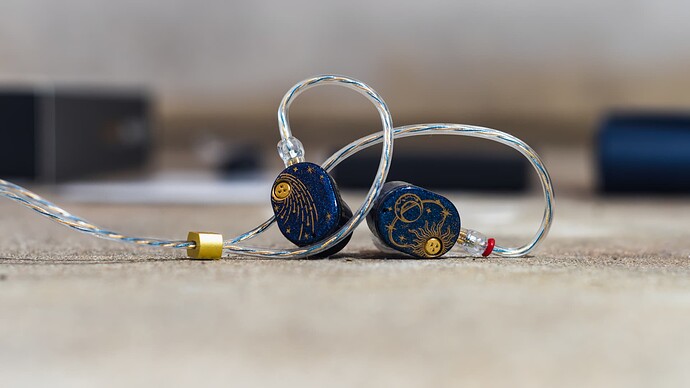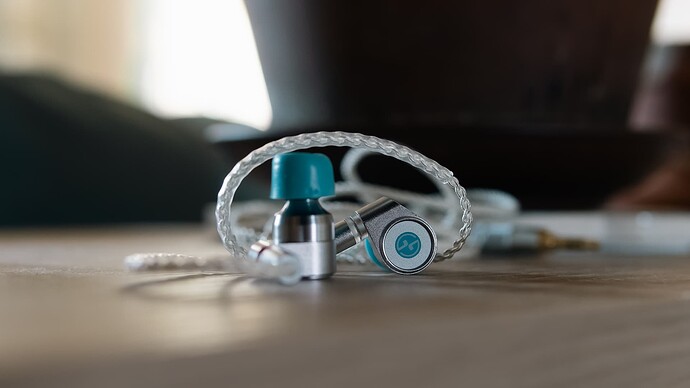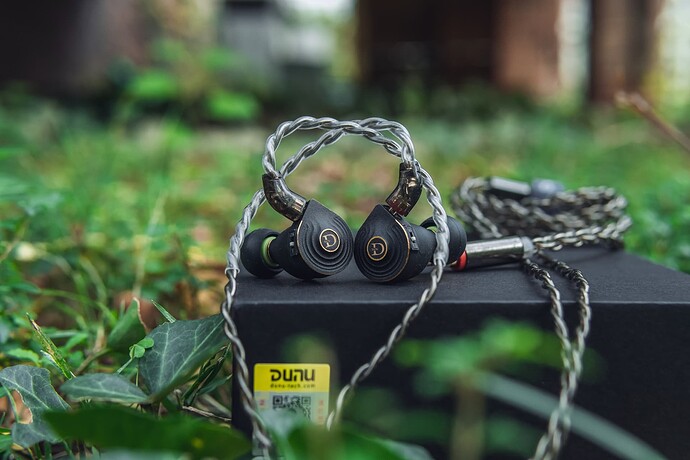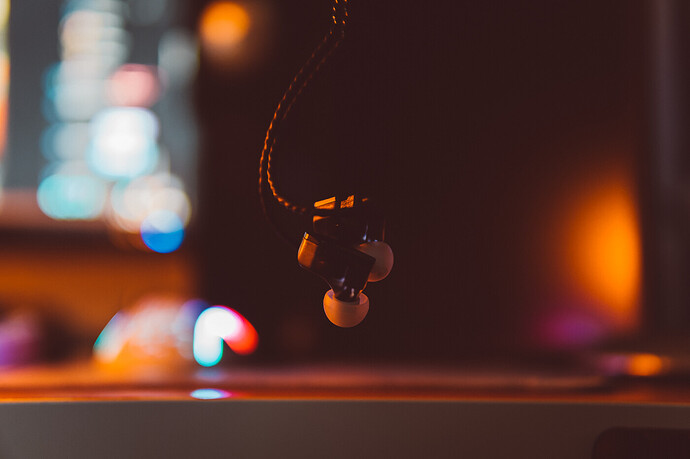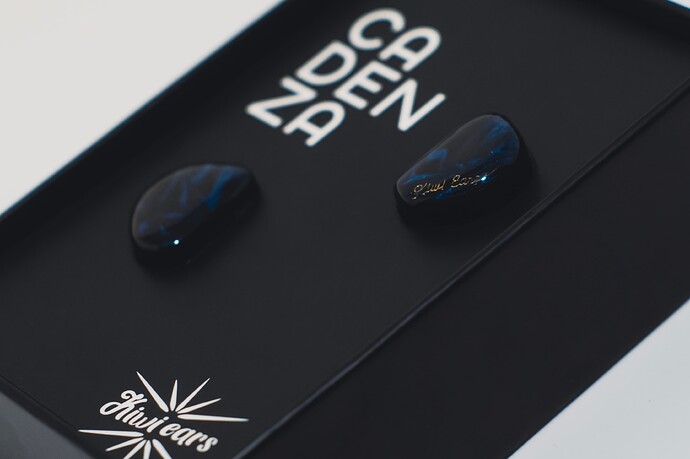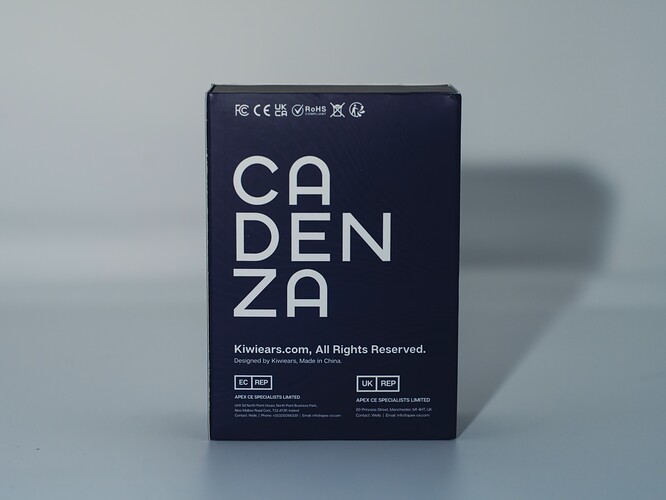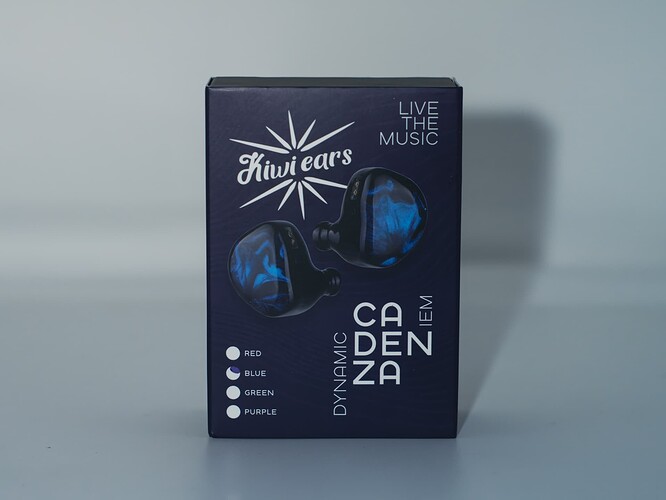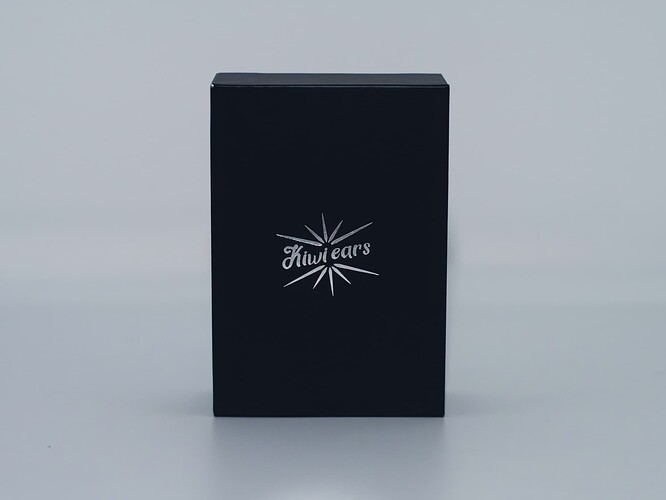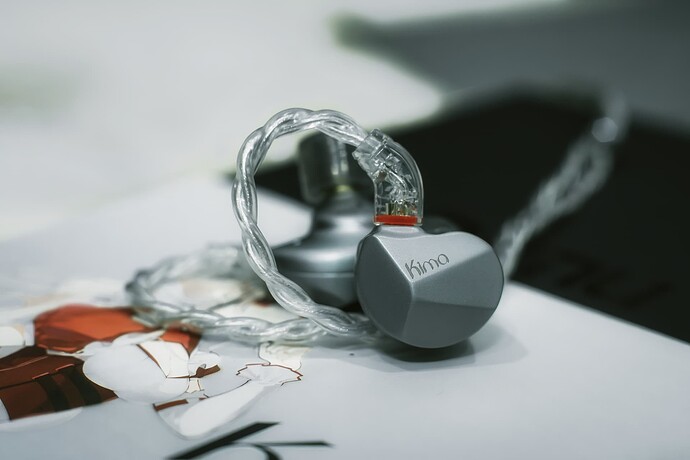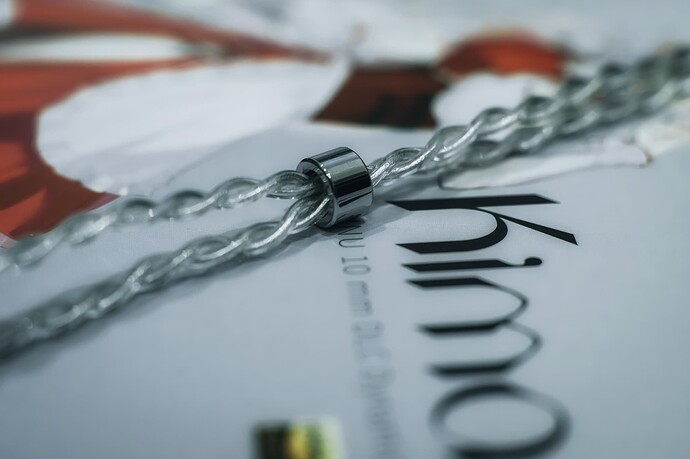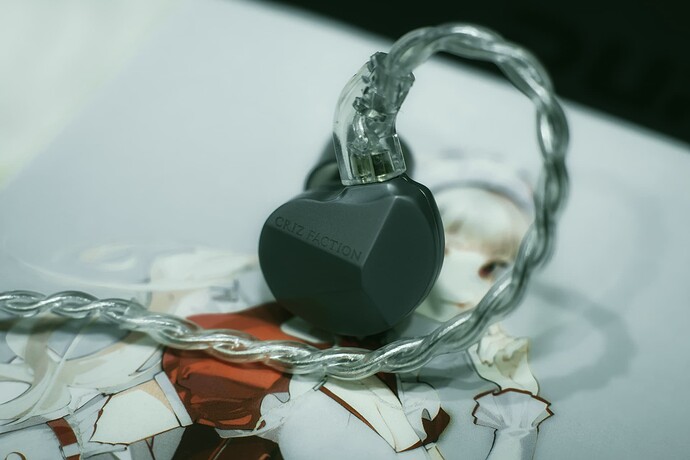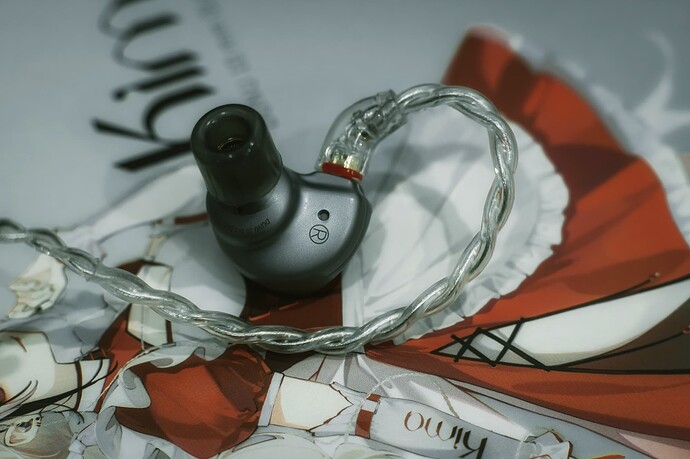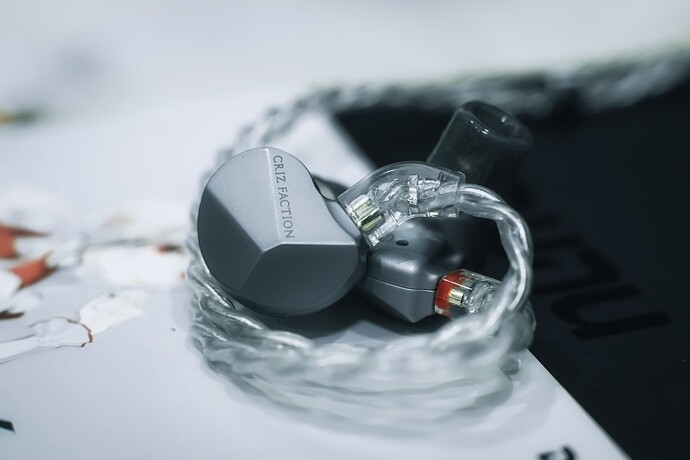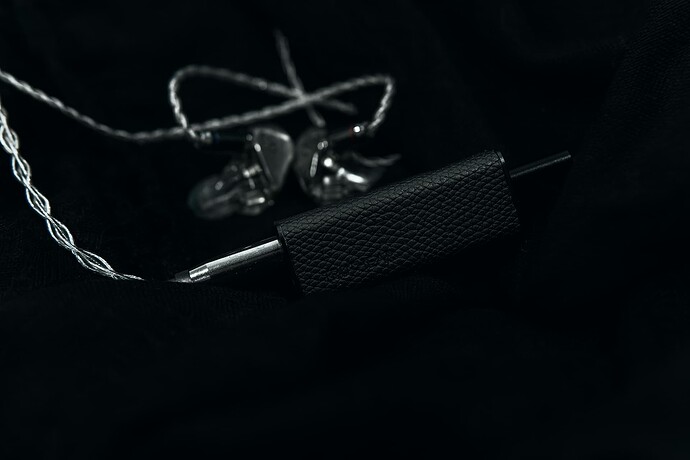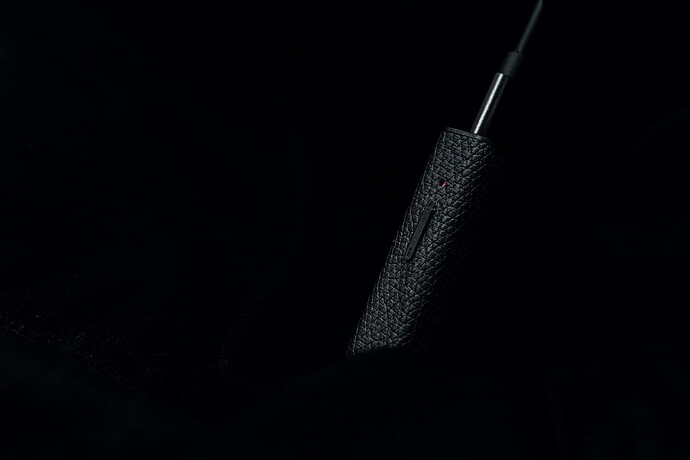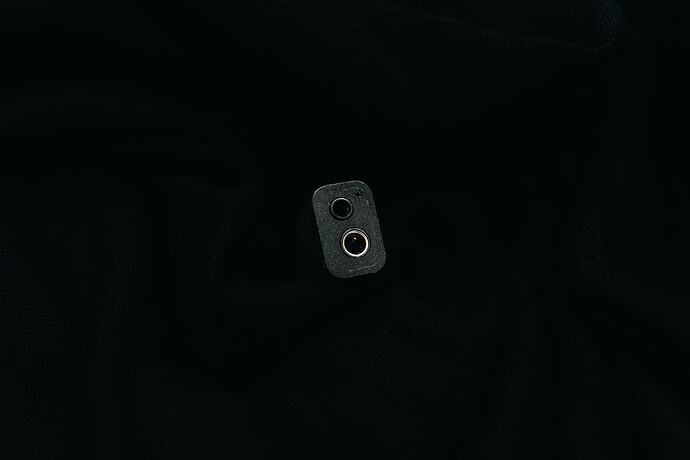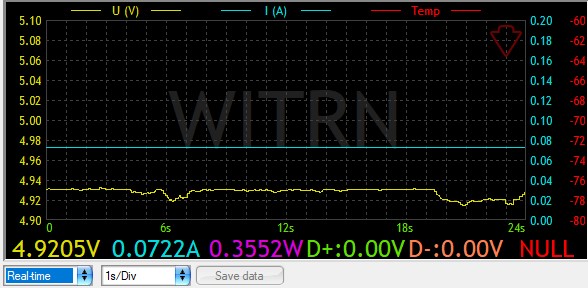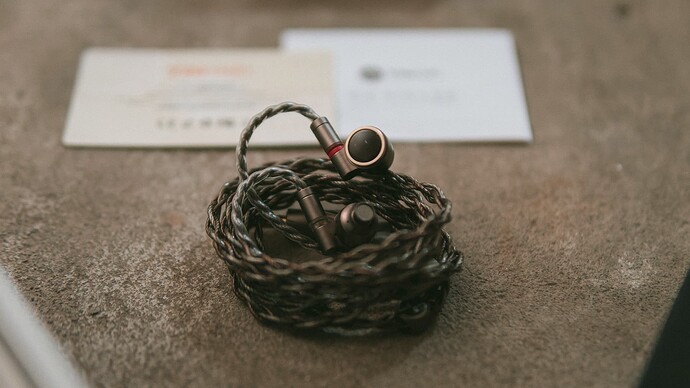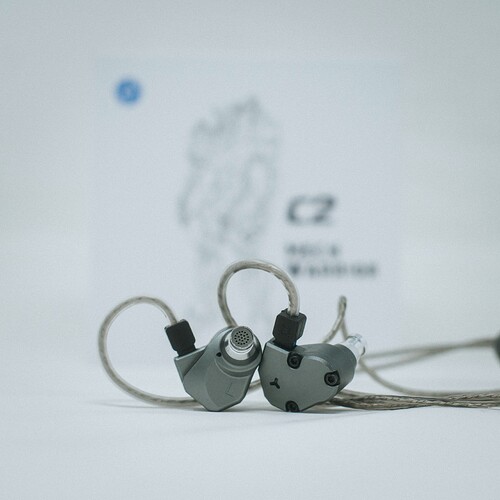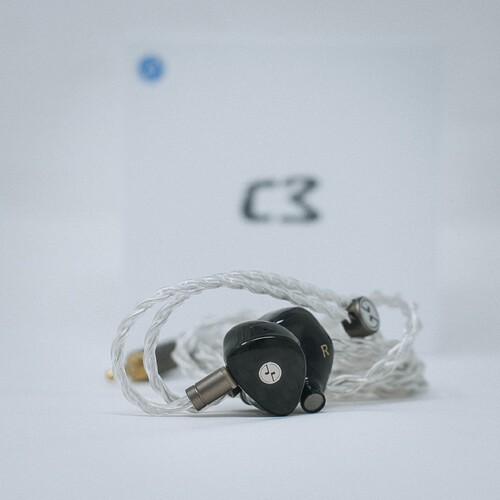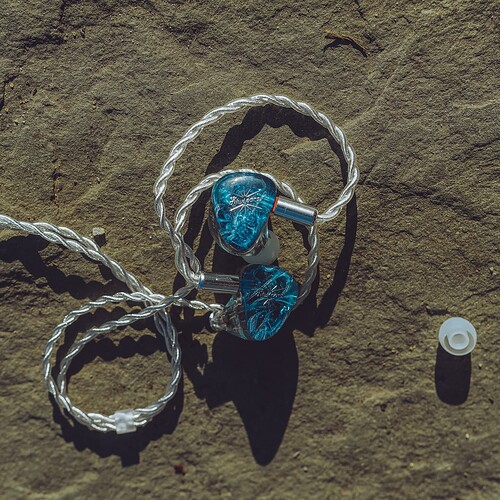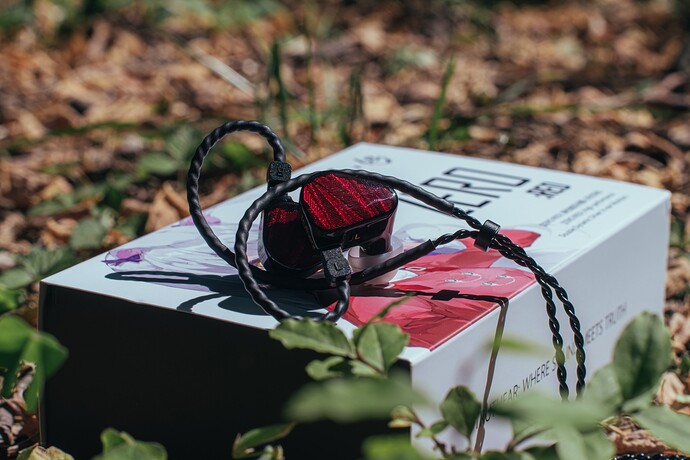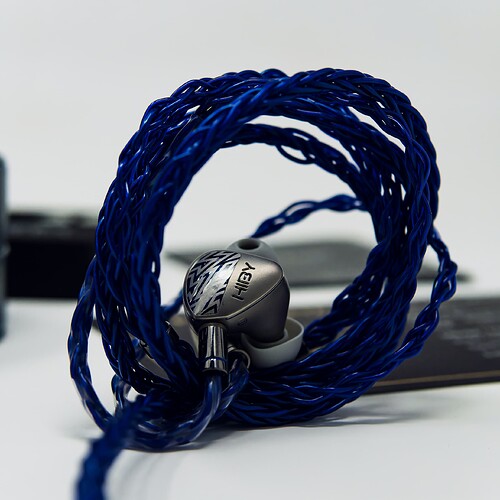7Hz x Crinacle Salnotes Dioko Review
INTRODUCTION AND DISCLAIMER:
The 7Hz Salnotes Dioko is an in-ear monitor (IEM) which uses a 14.6mm planar-magnetic driver. 7Hz created the Dioko in collaboration with Crinacle. Please refer to my previous disclaimer addressing my reviews of Crinacle collaborations. The Dioko retails for $99 on Linsoul’s Amazon shop. Linsoul sent me a unit in exchange for my impressions.
SOURCES:
I have used the 7Hz Salnotes Dioko with the following sources:
- Qudelix 5K
- Hidizs S9
- E1DA 9038D
PACKAGING AND ACCESSORIES:
The 7Hz Salnotes Dioko comes in a white cardboard box. The packaging features pictures of the Dioko and lists 7Hz’s corporate address on the back of the box. There is also a large sticker on the side of the box highlighting the collaboration between 7Hz and Crinacle.
Inside the cardboard box is a large zippered carry case which takes up the entire volume of the box. The exterior of the carry case is covered in black synthetic leather and has a red “7” emblazoned across the top lid. The stitching is also red. “SAL♪NOTES” is inlaid in gold text near the bottom of the lid. The bottom of the case is lined with felt and features dedicated cutouts for the IEM housings and cable. The case also has a large mesh pocket on the top lid for storing accessories. The case is exceptional in terms of build quality, especially for the price point. However, the sheer size is excessive and requires the use of a sling or backpack if you intend to bring it with you on your commute.
In addition to the IEMs and detachable 2-pin cable, the Dioko includes seven pairs of silicone eartips in several varieties. The dark grey pair with red cores feels similar to AZLA SednaEarfit Crystal eartips. This pair aggravates my ears less than other non-foam eartips. The red, blue, and orange pairs are squatter and more conical in shape and feature wider nozzles. The light blue and yellow eartips are more round with narrower nozzles. The pink pair is also round but with wider nozzles than the other round eartips. The Dioko includes a product information card and a user manual written in English and Chinese.
BUILD QUALITY AND DESIGN:
The 7Hz Salnotes Dioko has large aluminum housings with purple tempered glass faceplates. The faceplates have an ovular cross-section. “SAL♪NOTES DIOKO” is printed in white at the bottom of each faceplate. There is one circular vent at the base of the nozzle and three more in a line along the outer circumference of the inner housing. “L” and “R” indicators are printed in white on the inner faces of the housings. The nozzles have metal and paper nozzle covers and extruded lips to secure eartips.
The included 2-pin cable is wrapped in a quad-braid below the Y-split and double-helix patterns above the Y-split. Like the cable included with the Letshuoer D13 I recently reviewed, the wire used in the cable’s construction punches above the Dioko’s price point.
The cable uses gunmetal aluminum hardware. The cable jack has a straight form factor. “SAL♪NOTES” is printed in white along the length of the jack housing. There is strain relief above the jack housing but none at the Y-split. The cable has pre-formed earguides without memory wire and a metal chin-adjustment choker. The 2-pin connectors fit flush with the surface of the IEM housing body. The curved 2-pin housings have faintly raised “L” and “R” markings. The cable is moderately microphonic.
COMFORT, FIT, AND ISOLATION:
The 7Hz Salnotes Dioko is intended to be worn cable-up. The earpieces have a very shallow insertion depth. I found the Dioko to be very comfortable. However, secureness of fit is very poor and the housings required frequent readjustment. I had to use the Dioko with the largest Misodiko foam tips I own in order to minimize the housings’ tendency to migrate out of my ear canals. Isolation is also quite poor.
MEASUREMENTS:
My measurements of the 7Hz Salnotes Dioko can be found on my expanding squig.link database:
7Hz Dioko — Squiglink by Bedrock Reviews
SOUND:
The 7Hz Salnotes Dioko features a sub-bass boost concentrated entirely below 200 Hz, a midrange tuned to Crinacle’s IEF Netural target, and an extended treble response with a distinct lower treble peak at 8 kHz as well as a noticeable upper treble boost.
The Dioko’s bass is fast, cleanly articulated, and adequately textured, but lacking in sustain and impact. As a result, the bass is somewhat limp in its delivery. There is also less rumble than the Dioko’s frequency response plot would suggest. On the other hand, bass detail retrieval is very good.
The Dioko’s lower midrange is slightly recessed and the overall midrange timbre is on the thin side. I would prefer if male vocals had a bit more body and warmth. The Dioko’s pinna gain region is correctly centered for my preferences, between 2.5 and 3 kHz. There is less pinna gain than I generally prefer, but it works well with the Dioko’s overall tuning. There is not as much separation between vocals and midrange instrumentation as the average Harman-ish IEM, but neither do vocals overshadow midrange instrumentation, as is often the case with such tunings. Vocal intelligibility for both male and female vocals is still excellent despite the restrained amount of pinna gain. The presence region is just emphasized enough to deliver an impressive amount of midrange clarity without straying into harshness or sibilance. Aggressive male vocals could use a bit more bite, but I am happy with the level of presence overall.
Like a lot of other planar-magnetic IEMs released in the last year, the Dioko has a prominent lower treble peak around 8 kHz. While this peak generally did not bother me, this is not an IEM for the treble-sensitive. Overall detail retrieval is excellent. The Dioko’s treble transient delivery is also more realistic than the significantly more expensive Raptgo Hook-X. Upper treble extension is spectacular for the price point, but this region is overemphasized relative to the rest of the Dioko’s frequency response. This creates an artificial-sounding sheen over the rest of the sonic presentation. The Dioko’s soundstage extends just slightly outside of the head. Imaging is very good, and instrument separation is excellent.
AMPLIFICATION REQUIREMENTS AND SOURCE PAIRING:
The 7Hz Salnotes Dioko needs a moderately powerful source to achieve usable volume levels. I did not notice hiss with any of my devices.
CLOSING WORDS:
While I take issue with certain aspects of its tuning, from a technical standpoint, the 7Hz Salnotes Dioko is better than any other IEM that I can think of at the $100 dollar price point. For me, the biggest issue with the Dioko is the shallow and insecure fit. My recommendation comes with a warning that buyers should prepare to tip-roll extensively.
The 7Hz Salnotes Dioko can be purchased below:
Amazon.com: 7Hz x Crinacle Salnotes Dioko HiFi 14.6mm Planar Diaphragm Driver in Ear Earphone IEMs with CNC Aviation-Grade Aluminum Case, Detachable 4-Core Litz OCC Copper Cable for Audiophile Musician Studio : Electronics

